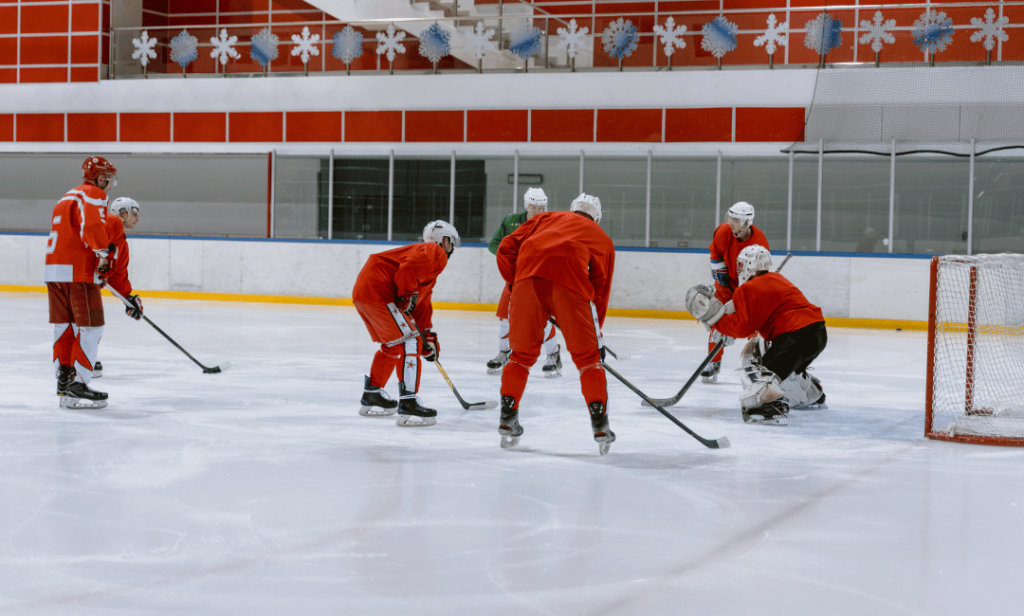The consequences of past errors tend to follow their perpetrators around like a bad omen. However, it is not the error that negatively affects performance but rather the attention paid afterward. Many elite athletes struggle to accept defeat once they’ve made a mistake.
When you live Hockey Lifestyle in constant reminders of the past, it is no longer the past. Too often, athletes allow themselves to get mentally mired in a previous error to the point where they can’t concentrate on the next play, shot, or point.
When you dwell on your mistakes, you give them life and allow them to fester in your mind.
The only way to perform at your best in the present is to clear your mind, move on, and move forward. Of course, this may appear simple, but you have control over which thoughts you focus on. Hockey Apparel is at its busiest in September. Fall foliage in Western Canada is essentially a national emergency warning signal for hockey-obsessed Canadians to grab a double-double, bundle up, and head to the rink. This may also be a busy time for the field and Custom T-shirts.
By the end of September, most children have established a routine, which is both wonderful and immensely stressful. Maintaining regular schedules for both practice and games is essential.
- Failing to Protect Ankles with Hockey Skates That Fit
What do coaches focus on most when watching young players on the ice? Roller skates. How well their tiny feet and skinny legs are cushioned. Have you ever seen a child whose knees knock together and whose ankles are bent so far that they look painful? There’s no skill deficit to blame for that result in hockey. Skates that are too large are to blame.
The advice to “buy skates that fit” has followed me my whole life. Save money on new skates that your Hockey Kids t-shirt will outgrow so quickly that he or she will be miserable (even if they don’t realize it) during the winter months if you plan on playing another sport.
- Spending Obscene Amounts of Money
We’ve all seen the kid skating around like he’s Connor McDavid (a professional hockey player for the greatest hockey franchise in history, if you haven’t heard of him already). Many would assume this is due to the child’s expensive new equipment, but this theory falls apart when they see another child with similar gear doing snow angels in isolation.
While it’s true that poorly fitted hockey equipment can significantly hinder performance, the idea that money can buy talent is a fallacy.
- Constantly Buying New Gloves
However, gloves present a slightly different scenario. A young Hockey Toques player trying to get comfortable with a tool in his hands would have a harder time breaking in new gloves every six months than new skates. Breaking in gloves can be a hassle. Worse than learning to skate. Keep the gloves your child is using as long as possible if he or she is happy with them.
Want to keep your hockey gloves smelling nice and looking new? Dryer sheets are ideal for stuffing them when they are not in use.
- Failing to Listen
You might have a good idea of how the hockey gear is supposed to fit (you’ve been putting your child together like a jigsaw puzzle for a few years now), but it’s impossible for a parent or a coach to measure comfort level.
Many of the hockey players I coach at the University of British Columbia are very attached to their sets of hockey sportswear. One must ensure a perfect fit. I think players should be meticulous to ensure a proper and comfortable fit.
It’s only natural that everyone in the north would be excited about the arrival of another hockey season; we may as well instill a healthy enthusiasm for the game in our youngest players, too!

